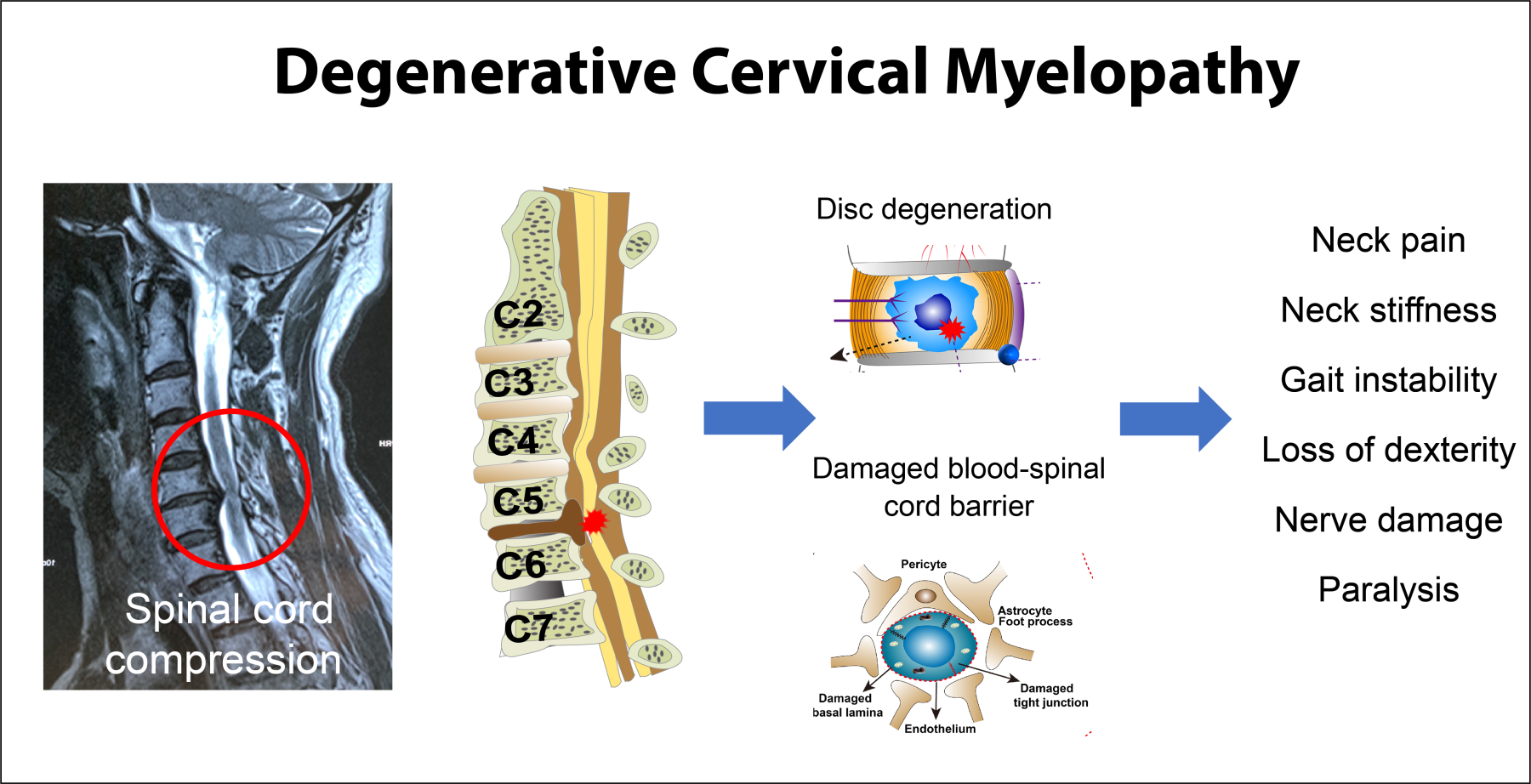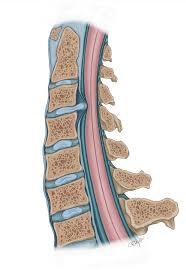Comprehensive Myelopathy - Spinal Cord Surgery: Treatment and Procedures
What is Comprehensive Myelopathy?
Comprehensive myelopathy refers to a condition characterized by the impairment or dysfunction of the spinal cord, leading to various neurological symptoms. It is a broad term encompassing multiple underlying causes, including degenerative changes, trauma, infections, tumors, and autoimmune disorders. The condition often results in progressive weakness, sensory disturbances, coordination difficulties, and bladder or bowel dysfunction.


The Role of Spinal Cord Surgery in Treating Comprehensive Myelopathy
Spinal cord surgery plays a crucial role in the treatment of comprehensive myelopathy, particularly when conservative measures fail to provide relief or the condition worsens. The primary goals of surgery are to decompress the spinal cord, stabilize the affected area, and alleviate the pressure on neural structures. Different surgical procedures may be employed based on the underlying cause and severity of the myelopathy.
Surgical Procedures for Comprehensive Myelopathy
Decompressive laminectomy: This procedure involves the removal of part or all of the lamina (the bony arches protecting the spinal cord) to create more space and relieve pressure on the spinal cord. It is commonly performed in cases of spinal stenosis, where the narrowing of the spinal canal compresses the cord.
Spinal fusion: In certain cases, comprehensive myelopathy may be caused by instability or spinal deformities. Spinal fusion surgery aims to stabilize the affected vertebral segments using bone grafts, screws, rods, or plates. By fusing the vertebrae together, the surgery reduces abnormal motion and prevents further damage to the spinal cord.
Tumor resection: When a tumor is identified as the cause of comprehensive myelopathy, surgical intervention may involve removing the tumor mass. This procedure requires precise planning and skilled surgical techniques to minimize damage to the spinal cord and surrounding structures.
Microdiscectomy: In cases where a herniated disc is compressing the spinal cord, a microdiscectomy may be performed. This minimally invasive procedure involves removing a portion of the damaged disc to relieve pressure on the spinal cord.
Expected Outcomes and Rehabilitation
The success of spinal cord surgery for comprehensive myelopathy depends on various factors, including the underlying cause, severity of the condition, and the individual's overall health. While surgery can provide significant relief and improve neurological function, it is important to note that the recovery process varies for each patient.
Following surgery, a comprehensive rehabilitation program is typically recommended. This may involve physical therapy, occupational therapy, and other interventions tailored to the patient's specific needs. Rehabilitation aims to restore strength, coordination, and functional abilities, enabling individuals to regain independence and improve their quality of life.
Conclusion: Comprehensive myelopathy is a complex condition affecting the spinal cord, often resulting in neurological deficits. Spinal cord surgery plays a crucial role in its treatment, offering options such as decompressive laminectomy, spinal fusion, tumor resection, and microdiscectomy. With appropriate surgical intervention and comprehensive rehabilitation, individuals with comprehensive myelopathy can experience significant improvements in their symptoms and overall function. It is important to consult with a qualified healthcare professional to determine the most suitable treatment approach for each individual case.
We are associated with experienced and highly skilled medical professionals. We use the latest medical technology available in the world and we provide medical services in collaboration with JCI & NABH Certified hospitals only. Our services include various types of treatment and organ restructuring and transplant.
